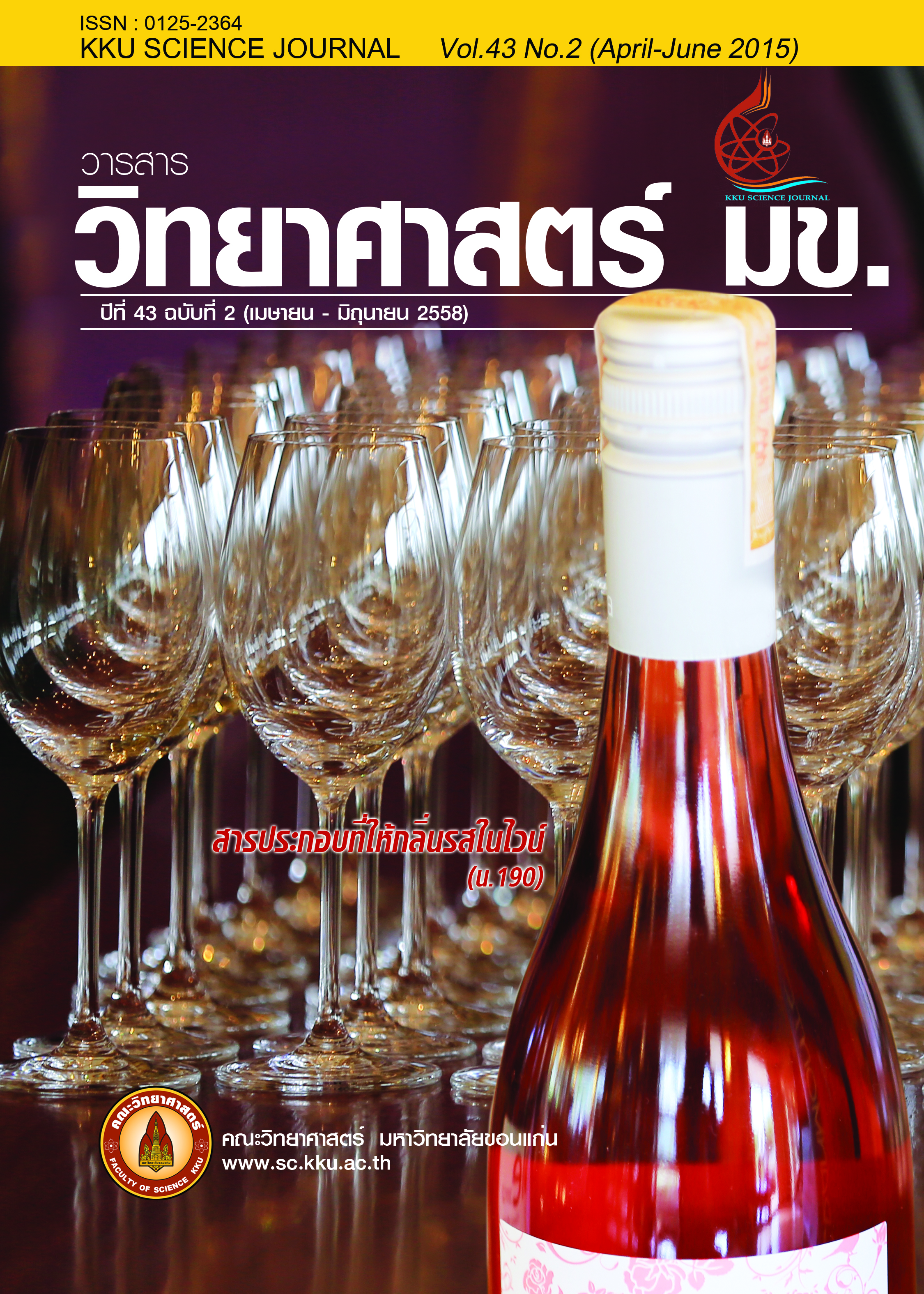Clustering Technique for International Logistics Container Service Liner
Main Article Content
Abstract
This study has been made to find out a proper selection of customer clustering technique to be used in international logistics container service liner enterprise. Four methods were employed in this study: (1) the Hierarchical clustering by Average Linkage (2) Centroid Linkage (3) K-means algorithm and (4) Neural network by Kohonen’s self-organizing maps (SOM). Six variables, namely region, business type, container quantity, port quantity, invoice quantity, and service amount were employed in the study in order to figure out which type of business was the maximum user of services by sea freighter. Appropriate clustering is judged by one that
produces the minimum index value. Rating index is defined as the ratio of the weighted separation range within a cluster to the weighted separation range between clusters. Results of this study show that the SOM 2×2 gives the least index value. The SOM
algorithm included 4 customer–clusters according to region and type of business. Cluster1 involved 9,367 customers in East Asia region, which made up to 30.88 percent of total customers; 43.72 percent of their business dealt with consumer product. Cluster 2 involved 7,232 customers in South Asia, which made up to 23.84 percent of total customers; 36.38 percent of their business was logistics services. Cluster 3 involved 7,391 customers in South East Asia, which made up to 24.37 percent of total customers; 31.90 percent of their business were logistic services. Cluster 4 included customers in North Asia and Central Asia, involved 6,340
customers, which made up to 20.90 percent of total customers; 4,062 customers of these customers are in North Asia–China, Korea, and Japan, and 2,278 customers are in Central Asia–Hong Kong and Taiwan. Of the total customers, 46.37 percent were in logistics services.
Article Details

This work is licensed under a Creative Commons Attribution-NonCommercial-NoDerivatives 4.0 International License.


